Hydrangea Macrophylla, also known as Bigleaf Hydrangea or French Hydrangea, is a deciduous flowering shrub that is native to Japan and China. It belongs to the family Hydrangeaceae and is widely cultivated for its beautiful and abundant blooms, making it a popular choice for gardens, landscapes, and floral arrangements.
One of the most distinctive features of Hydrangea Macrophylla is its large, showy flowers that form in clusters known as corymbs. The flowers are typically round or flat-topped and can vary in color, including shades of pink, blue, purple, and white. One interesting characteristic of this plant is its ability to change flower color based on the pH level of the soil. Acidic soil (pH below 7) tends to produce blue flowers, while alkaline soil (pH above 7) results in pink flowers. This makes Hydrangea Macrophylla a unique and versatile plant that can add a touch of drama and charm to any garden or landscape.
In addition to its stunning flowers, Hydrangea Macrophylla also features large, ovate leaves with serrated edges that are lush and vibrant, providing a lush backdrop for the blooms. The leaves are typically dark green in color and add to the overall aesthetic appeal of the plant. The shrub can grow up to 4-6 feet in height and spread, creating a dense and bushy appearance.
Hydrangea Macrophylla is a relatively low-maintenance plant, but proper care is essential for optimal growth and flowering. Here are some care instructions for Hydrangea Macrophylla:
Light: Hydrangea Macrophylla prefers partial to full shade, especially in hot climates. Too much direct sunlight can cause leaf burn and reduce flower production. Plant it in a location with dappled or filtered sunlight for best results.
Soil: Hydrangea Macrophylla prefers well-draining, fertile, and slightly acidic to neutral soil (pH 6-7). Amending the soil with organic matter, such as compost, can improve its fertility and drainage.
Water: Hydrangea Macrophylla requires regular watering to keep the soil evenly moist. Avoid overwatering or allowing the plant to sit in standing water, as it can lead to root rot. Mulching around the base of the plant can help retain moisture and regulate soil temperature.
Pruning: Hydrangea Macrophylla blooms on old wood, so it is best to prune it immediately after flowering in late summer or early fall. Remove dead, damaged, or weak stems, and trim back overly long branches to maintain a compact and tidy shape.
Fertilizer: Hydrangea Macrophylla benefits from regular fertilization with a balanced, all-purpose fertilizer during the growing season (spring to early fall). Follow the manufacturer’s instructions for application rates and timing.
Winter care: In colder climates, Hydrangea Macrophylla may require protection from harsh winter temperatures. Mulching around the base of the plant and covering it with burlap or a frost cloth can help insulate it from freezing temperatures and prevent winter damage.
It’s also important to note that Hydrangea Macrophylla is considered toxic to humans and pets. The plant contains cyanogenic glycosides, which can cause stomach upset, nausea, vomiting, and diarrhea if ingested. It’s best to keep it out of the reach of children and pets and wear gloves when handling the plant to avoid any potential skin irritation.
In conclusion, Hydrangea Macrophylla is a stunning and versatile flowering shrub that can add a burst of color and beauty to any garden or landscape

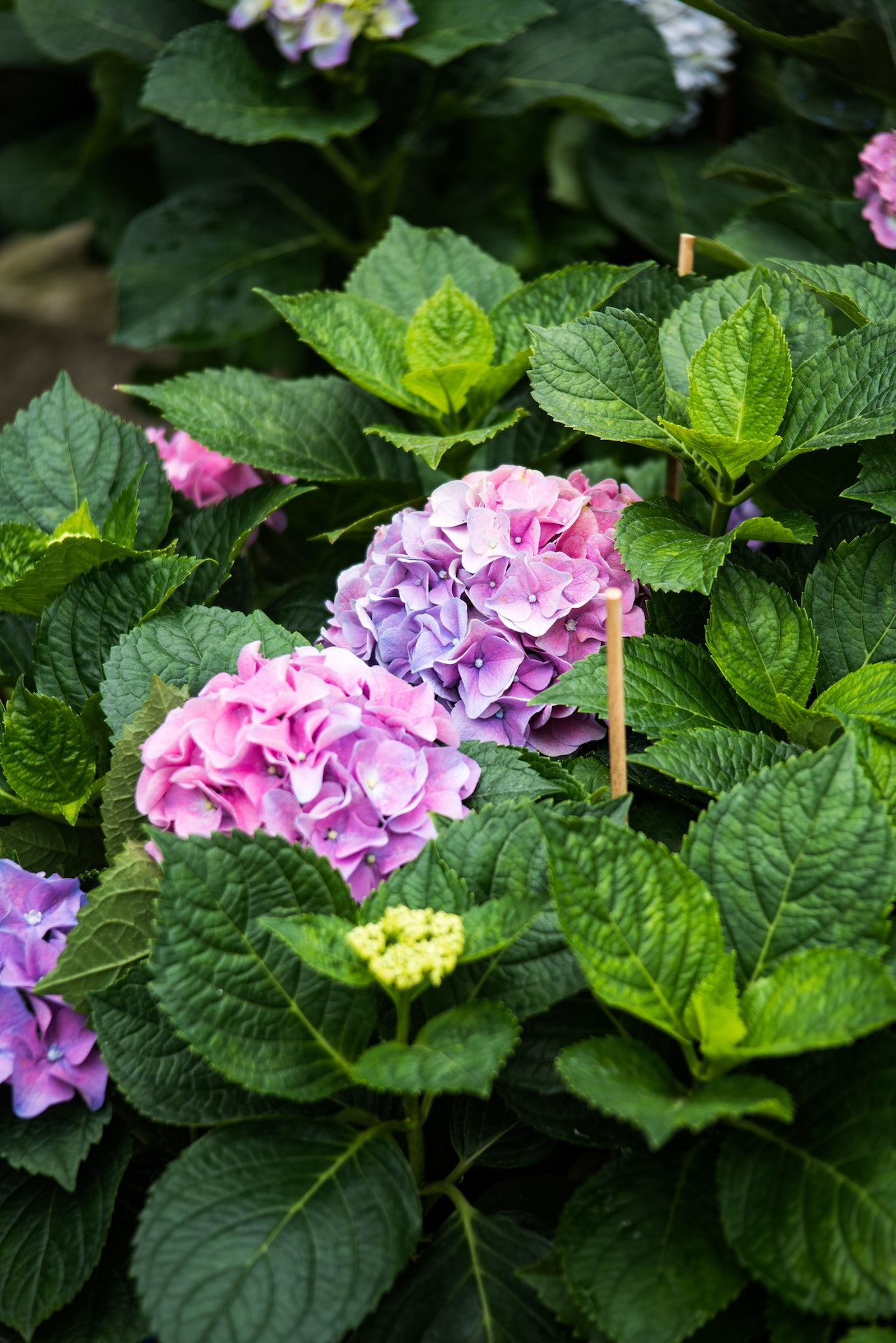
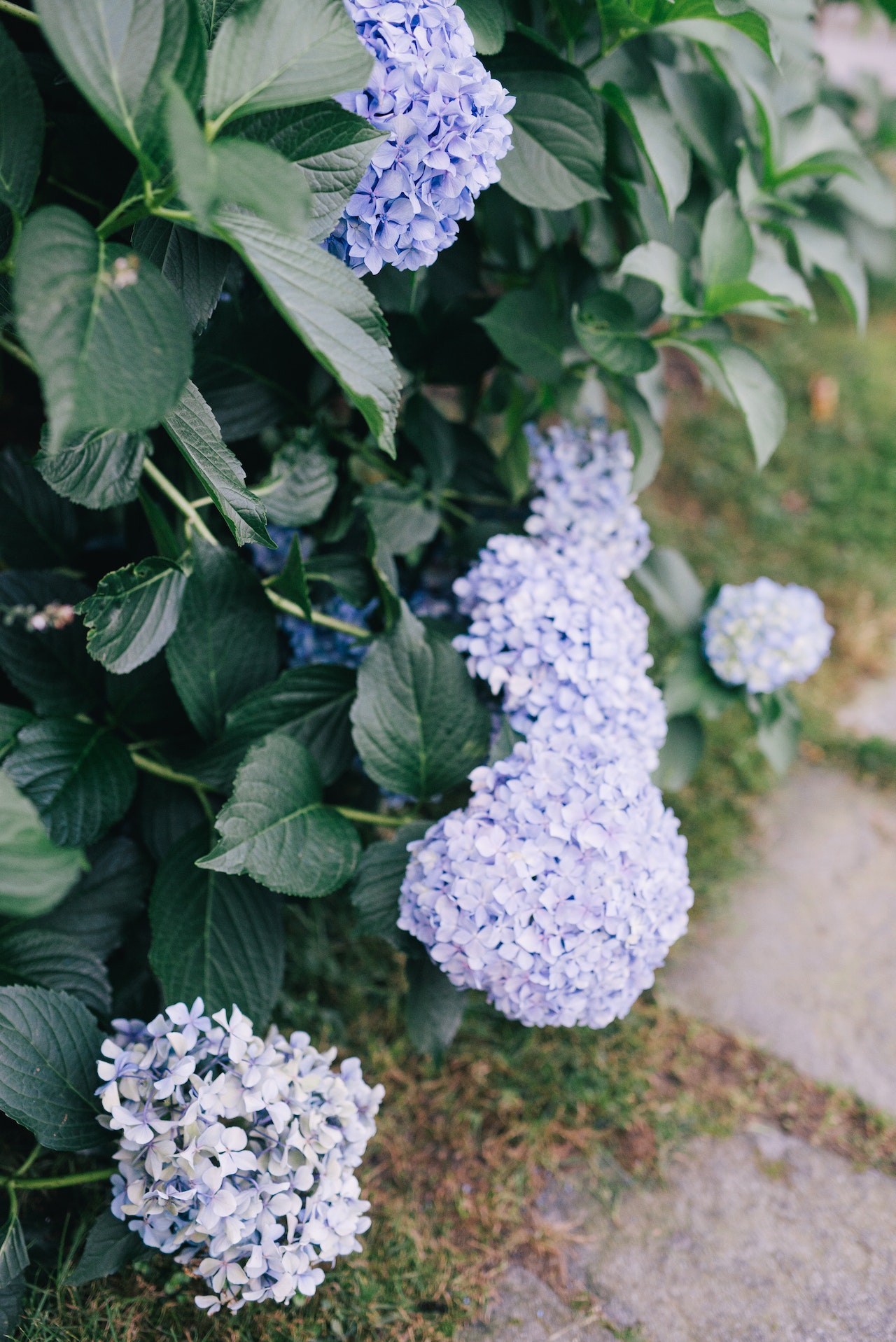
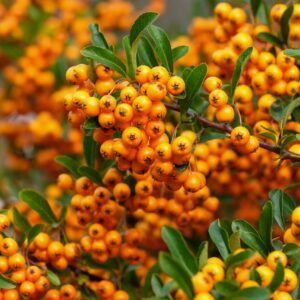
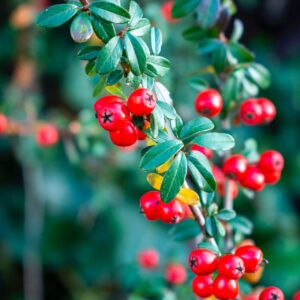
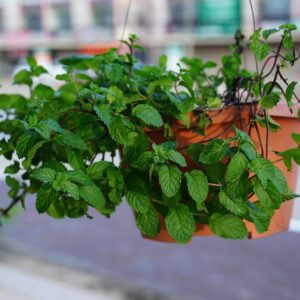
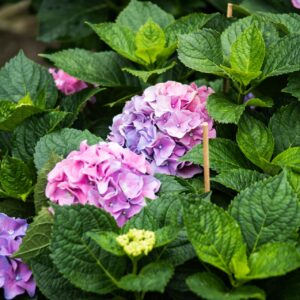
Reviews
There are no reviews yet